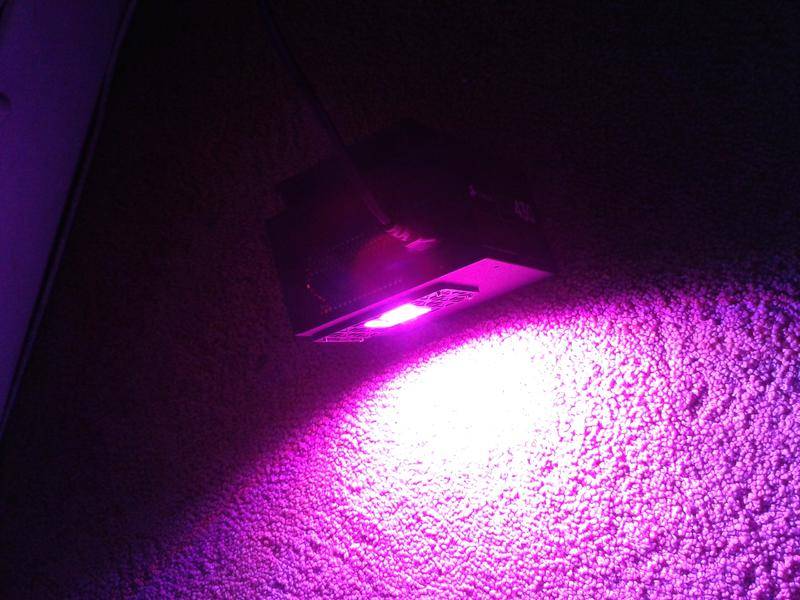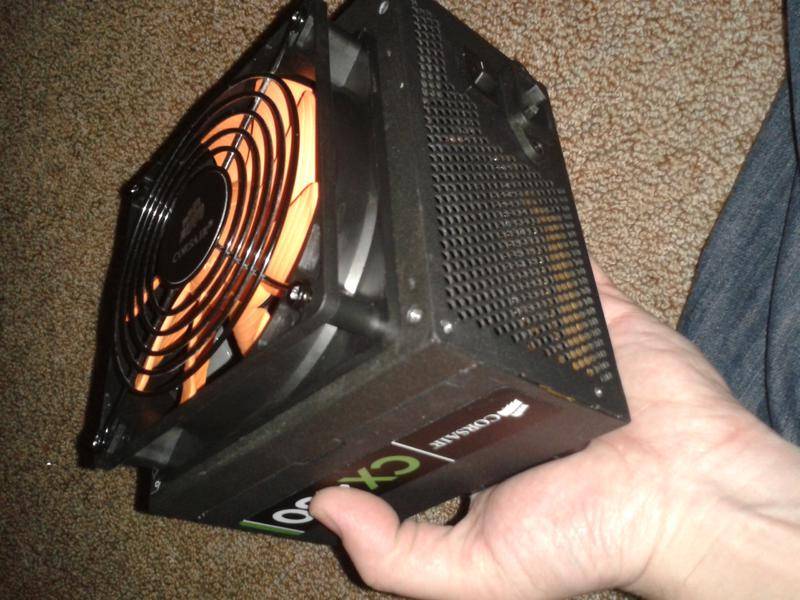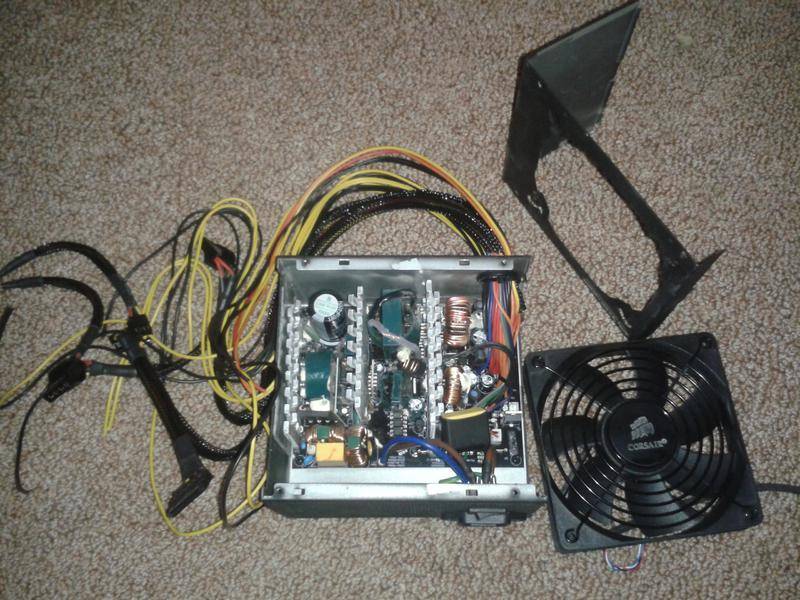Dr.Nonagon
Member
In this guide we will be building a COB LED as pictured


It was simple and fast, and the best part is - almost anyone can do it too. Let's get started!
What you will need.
Hardware:
-COB LED
-Compatible constant current driver
-12v 1a or under constant voltage driver or power supply AC/DC (for Fans)
-An old discarded PSU from a PC - this will be the case
-A heatsink and fan with bracket - this will be mounted to the case
-22-16AWG butt splice - for wire connections
-thermal paste
-machine screws
Tools:
A dremel or equivalent with cutting blades
Drill with drill bits
Screw tap 4-40 or whatever fits your screws
Wire cutters, Hand crimper
-------
Finding a scrap Power supply (PSU) is simple. Call your local PC store and ask if they have any dead PSU's - it saves the store having to recycle them and they are almost perfect for our project. If they ask just tell them that you want it for a project box. You can also find them in most dead or unwanted PC.

Make sure before you start with this that the PSU has been left unpowered for two days. The capacitors inside can give you quite the surprise is they still have juice in them.
After we open it up (normally just 4 screws) we gut it all but keep the switch and power plug wires intact. Also the wires can be salvaged for other projects.

You will want a vacuum ready as the PSU can be pretty gross inside

----------
It was simple and fast, and the best part is - almost anyone can do it too. Let's get started!
What you will need.
Hardware:
-COB LED
-Compatible constant current driver
-12v 1a or under constant voltage driver or power supply AC/DC (for Fans)
-An old discarded PSU from a PC - this will be the case
-A heatsink and fan with bracket - this will be mounted to the case
-22-16AWG butt splice - for wire connections
-thermal paste
-machine screws
Tools:
A dremel or equivalent with cutting blades
Drill with drill bits
Screw tap 4-40 or whatever fits your screws
Wire cutters, Hand crimper
-------
Finding a scrap Power supply (PSU) is simple. Call your local PC store and ask if they have any dead PSU's - it saves the store having to recycle them and they are almost perfect for our project. If they ask just tell them that you want it for a project box. You can also find them in most dead or unwanted PC.
Make sure before you start with this that the PSU has been left unpowered for two days. The capacitors inside can give you quite the surprise is they still have juice in them.
After we open it up (normally just 4 screws) we gut it all but keep the switch and power plug wires intact. Also the wires can be salvaged for other projects.
You will want a vacuum ready as the PSU can be pretty gross inside
----------


